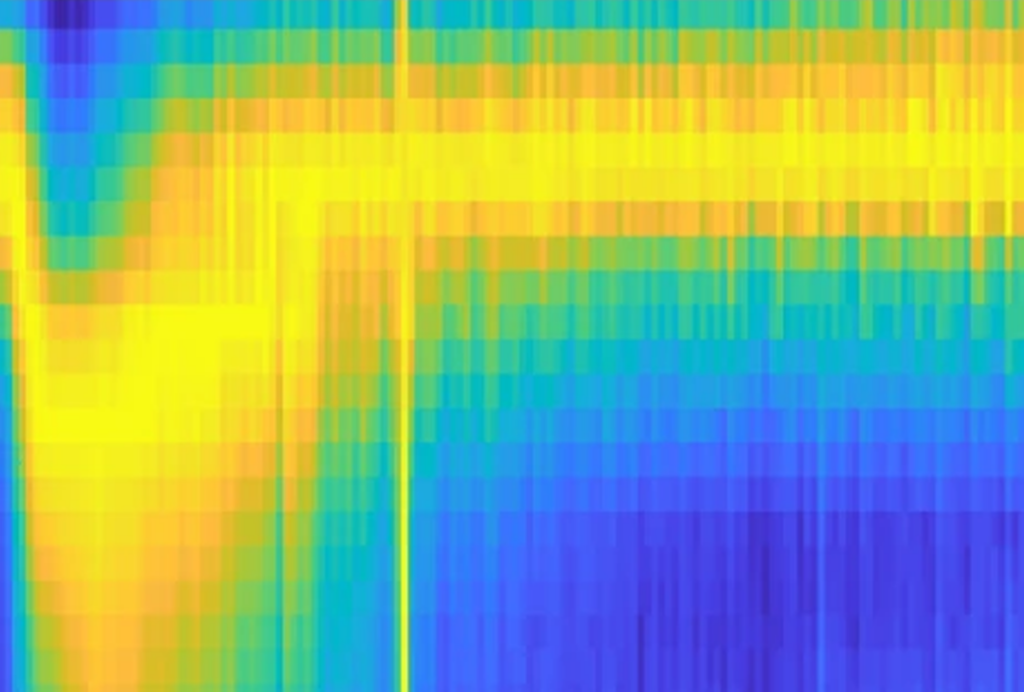Whole-brain circuits light up in fish brains
A new approach allows researchers to visualize individual neurons in the small, clear brains of larval zebrafish as they interact with their surroundings, according to a study published 9 May in Nature.
A new approach allows researchers to visualize the activity of individual neurons in the small, clear brains of larval zebrafish as they interact with their surroundings, according to a study published 9 May in Nature1.
Zebrafish have versions of more than 85 percent of human genes, making them popular research models. For example, researchers have used them to parse the roles of individual genes in autism-linked chromosomal regions. They are also easy to breed and manipulate in the laboratory, and the larvae are transparent, allowing the use of fluorescent microscopy.
In the new study, researchers expresseda molecule called GCaMP2 in each neuron of the zebrafish brain. This molecule fluoresces when calcium levels rise after neurons fire. Tracking fluorescence in the brains of these fish provides a picture of individual neurons’ activity.
The researchers scanned 20 percent of each fish’s brain at a time in ten-minute intervals using a fluorescent two-photon microscope. Then they assembled the series of images to create a composite of the entire brain. A new molecule, called GCaMP5, will allow them to photograph entire brains at once, they say.
Zebrafish show a complex interplay between their own motor function and what they see in the environment: When water rushes toward them, they automatically swim forward to prevent themselves from being propelled backward.
The researchers took advantage of this behavior by immobilizing the fish in a small dish and projecting a moving grid below them to make the fish think they were floating backward. Electrodes placed on either side of the fish’s tails detected impulses that signaled that the fish were trying to swim.
If the researchers stop the grid after the fish start swimming, the fish conclude that their swimming was successful and stop trying to swim. But if the researchers continue to move or speed up the grid, the fish continue to swim or speed up in response.
Various neurons throughout the brain are active at the different stages of this experiment, the study found. For example, neurons that are active when the grid is moving, such as those in the hindbrain, may be involved in detecting visual signals. Neurons in the caudal hindbrain and the medial longitudinal fasciculus become active when the fish start swimming, and may play a role in transmitting motor signals.
Neurons in the cerebellum become active when the movement of the grid is different from what the fish would expect, suggesting that those neurons are involved in learning and adapting to changing conditions.
The researchers are also developing a system in which they embed the fish’s heads in a gelatin-like substance, allowing them to freely move their tails (see video, above). The researchers may be able to use these techniques to explore whether autism-linked mutations alter signaling across neuronal circuits.
References:
- Ahrens M.B. et al. Nature 485, 471-477 (2012) PubMed
Recommended reading

Among brain changes studied in autism, spotlight shifts to subcortex
Home makeover helps rats better express themselves: Q&A with Raven Hickson and Peter Kind
Explore more from The Transmitter

Dispute erupts over universal cortical brain-wave claim
Waves of calcium activity dictate eye structure in flies

